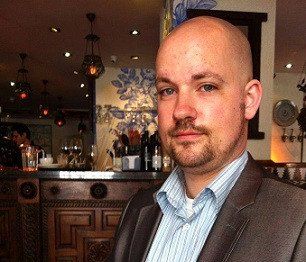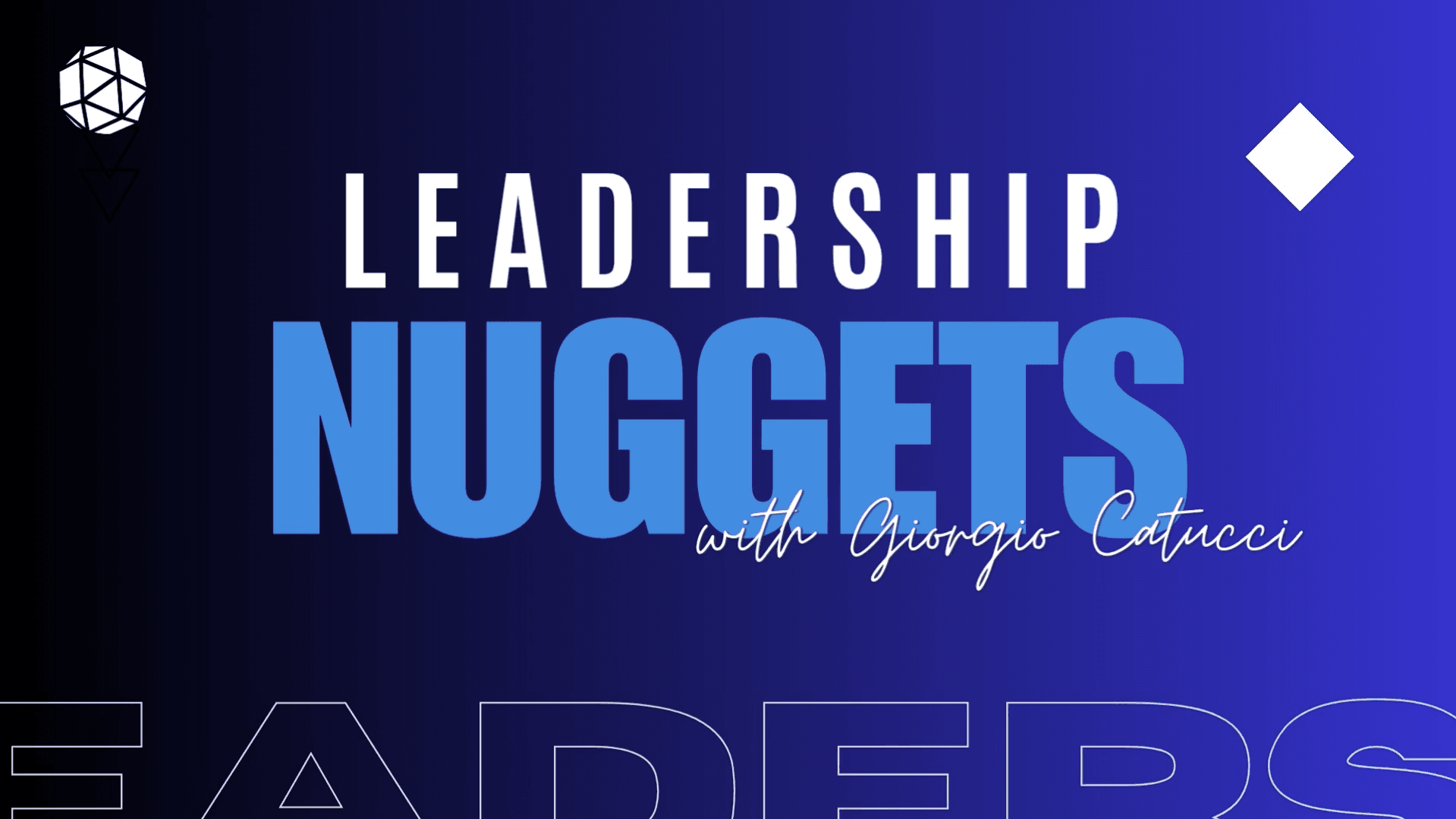The Leaderonomics Show: ‘Provoke To Innovate,’ Says Stephen Lundin

What is an organisation? How does an organisation behave? What are the values of an organisation?
If you asked Stephen Lundin these questions, he would likely shoot back with one of his own: “What’s an organisation?”
And then he’d answer it for you:
“An organisation is a myth – what we’re really talking about here is a group of people.”
It’s an important distinction to make. Leaderonomics, for example, has no values, but its people do. The company doesn’t have a vision; its people have a vision. Leaderonomics doesn’t perform well or otherwise – its people are the ones who perform.
Recommended reading: How Developing Curiosity Changes The Way You See The World
This might sound like psychobabble but, for Lundin, everything comes through people and the way we interact with each other. When the focus is on “the organisation”, it becomes a handy abstraction that can be used to excuse why nothing much changes even when change is sorely in need of taking place.
People, the pulse of organisations
Try it for yourself. Think about the sentence, “The organisation needs to improve.” At best, it’s a vague statement that presents little direction. At worst, it sounds like an impossible undertaking, but one that conveniently exists outside ourselves.
However, if we take the sentence, “We need to improve,” the focus lies squarely on the people – on you and me. We then have to ask ourselves how we can improve, and what steps we might take to help cultivate those improvements. We’re unable to fob the need for change off as being one for an abstract non-living entity. Instead, we are the ones who need to change; all of us who make up the organisation.
In his appearance on The Leaderonomics Show with host Roshan Thiran, Lundin cements the point, “The organisation isn’t taking care of you; the people in the organisation are taking care of you. The organisation isn’t friendly; the people in the organisation are.”
No innovation without provocation
In his quest to inspire innovation, Lundin – the bestselling author of the Fish! series, which has sold over seven million copies worldwide – encourages chief executive officers (CEOs) to bring people out of their comfort zones and explore their innovative capabilities. This, he says, enables organisations to create things, find new ideas and make necessary changes. The more innovative people there are, the easier that process becomes.
Lundin talks about “provocations” that motivate people to become innovative. He uses the analogy of a bridge collapsing, which forces people to take different routes to work, due to which they will notice new things and think in different ways. Changes – expected or otherwise – work to shake us out of our habitual ways of thinking, and incline us towards fresh perspectives.
People connection
Fundamentally, innovation is people-centric – it thrives or dies depending on how we’re able to connect to and interrelate with one another. Lundin often uses the example of top street performers to drive the idea home.
The best street performers, he says, aren’t necessarily the most talented at what they do, but they are able to connect with people in the best way that releases energy. No matter what happens, they don’t resist what’s going on: they bring it in and make it part of their act.
Events, people, and thoughts can all provoke us, says Lundin. However, we’re usually resistant to provocation, and so we need to work on what he calls “juicing the jam” – opening ourselves up to accepting provocations and exploring how they might work for us in helping ourselves and our organisations to grow.
Lundin’s top tips for innovation
For students:
- Master your subject – and master it in a way that’s thoughtful.
- Prepare “knowledge fields” (i.e. learn your subject deeply) that allow you to access relevant information on the spur of the moment.
- Make innovation a part of what you study. Learn to release the creative capacity that you have.
For HR professionals:
- Find ways to be innovative in how you influence others. HR professionals have so much that’s asked of them, but they often lack a central point of authority that has the power to bring about real change. Change comes through having an influence – make influence the key focus of your innovative efforts.
For CEOs:
- Let your people be free in how they approach problems and solve them. If you want to have an innovative company, you have to develop innovative people.
The Fish! Philosophy
Lundin’s Fish! Philosophy centres on four core principles:
- Play.
- Make their day.
- Be there.
- Choose your attitude.
Seattle’s Pike Place Fish Market is known throughout the world as the place where fun-loving fishmongers entertain their customers and provide extraordinary service and value for money.
There are always opportunities in the workplace to bring lightness and joy into the environment, to create the kinds of connections that keep people coming back for more and inspire employees to keep giving more.
Fish! Philosophy looks at a number of aspects of our behaviour, and looks at how advanced team members interact by “not just being physically present, but by being wholeheartedly present”.
The philosophy also examines how people understand and discuss the notion that “each member has the power to choose his or her attitude, and become responsible for that choice”.
CATS – The 9 lives of innovation
We’ve all heard the saying, “Curiosity kills the cat”, but how often do we stop to consider its implications?
This might interest you: Be More Curious Than Afraid
Lundin believes the saying was actually born out of fear, and that we tend to see the safe options (e.g. “This is the way we’ve always done it.”) as being the key to our survival, when in fact it’s innovation that leads to the kind of possible change that enables us to thrive and survive.
This age-old saying is a useful way to hold us back, to avoid embracing uncomfortable perspectives and actions that brings about new thinking, ideas and practices. Perhaps it’s time to ask the question:
“What if curiosity is the key to creativity?”
Sandy believes that when it comes to innovation, those in business can learn a lot from artists such as the abstract expressionist Jackson Pollock, who constantly strive to look at things in fresh ways in order to get the most out of whatever they are in the process of creating. To connect with Sandy, you can follow him on Twitter @RealSClarke. To watch more The Leaderonomics Show videos, click here. For more such video articles, click here. To engage with Leaderonomics for Fish! and CATS programmes for your organisation, email us at training@leaderonomics.com.
Leadership
Tags: Be A Leader






